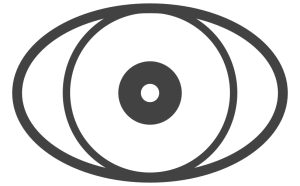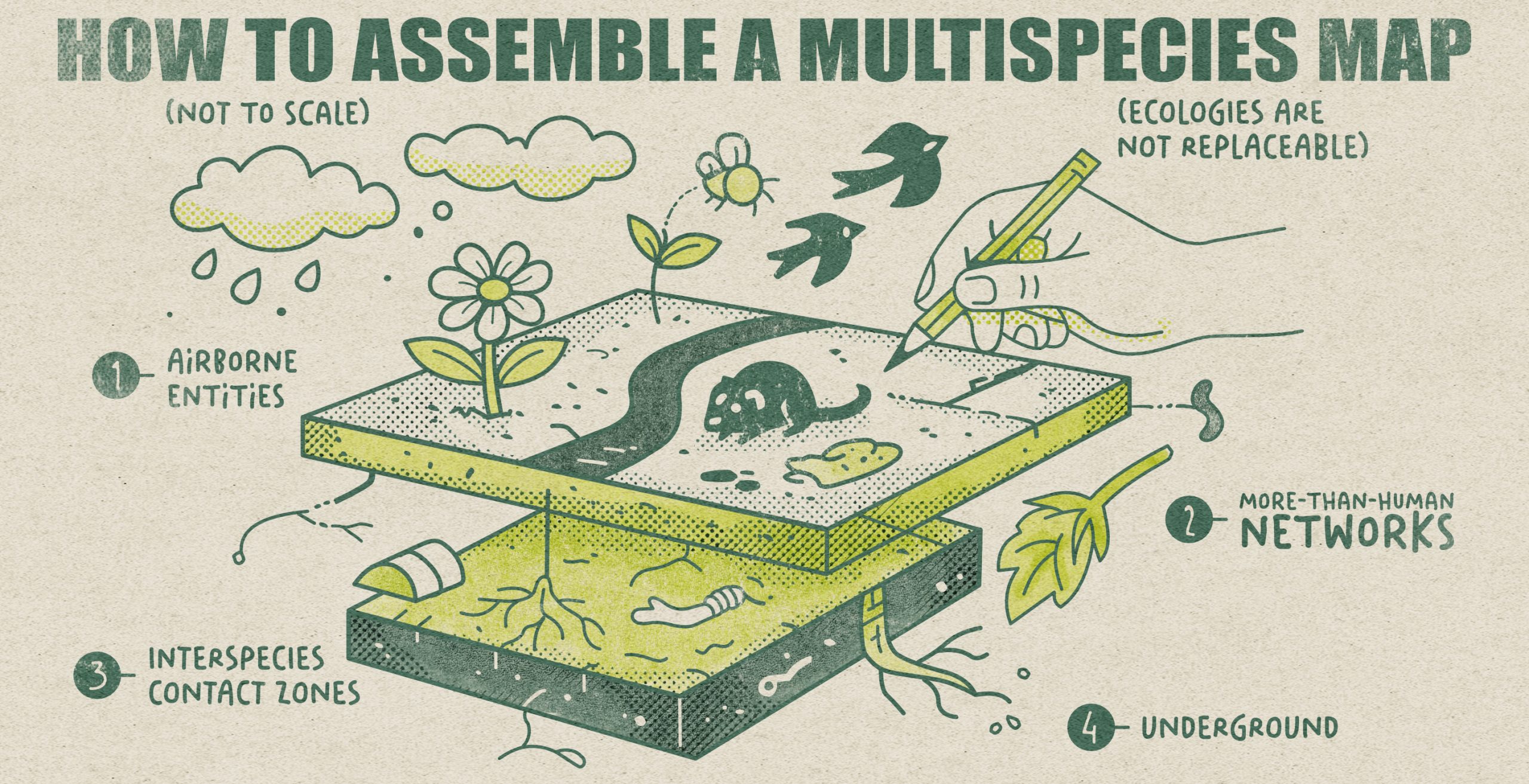On March 12, 2025, Margarita Macera, Tomás Usón, and I will co-host a panel entitled “Multispecies Mapping: Diffracting the Critical through More-than-human Cartographies.” The session is part of STS Hub 2025 — “Difracting the Critical,” taking place in Berlin. We convene scholars and practitioners who treat mapping not as a neutral representation tool but as an inventive, ethical, and collaborative practice—one that can register frictions, solidarities, and more-than-human presences often erased by conventional cartography.
Panel abstract (original):
Mapping can be an imaginative exercise of openness and creation-in-becoming, beyond anthropocentric operations that seek to delineate, delimit, and justify territories. As a creative, relational process, mapping allows drawing on more-than-human co-laborative ways of being together among differences and reflecting on asymmetrical power dynamics while (dis)assembling infrastructures and ecologies. The diffractive and critical aspects of mapping come to matter through a series of multimodal and inventive exercises that explore and disseminate other ways of doing STS. Regardless of their possible outcomes, these exercises articulate a multiplicity of spaces, bodies, materials, and relations, temporally producing and resulting from the entanglements of human and non-human ontologies into ‘critical zones.’ By focusing on multispecies encounters, this panel aims to explore mapping as an inventive and multimodal methodology that highlights the multiple ways (more-than-) humans come together, while reflecting on the ethical, political, and methodological challenges of producing multispecies cartographies. Concretely, we aim to explore, among other issues, 1) the semantics and translation processes of multispecies mapping, 2) territorial (re)definitions through multispecies encounters, and 3) resistances to and limitations of multispecies cartographies. We welcome theoretical, multimodal, and experimental contributions to a diverse set of fields and disciplines, including anthropology, geography, biology, urban studies, landscape architecture, and related fields.
What we’ll do
The session will braid short provocations with a hands-on exchange around techniques such as situated sketching, sound-walk traces, smell and wind “isobars,” specimen-style legends, and relational overlays (care routes, seed dispersal paths, animal corridors, infrastructural leaks). We’re especially keen on contributions that work across media—field notes with diagrams, GIS with audio, photography with hand-drawn annotations—to surface how cartographies can become devices for noticing, caring, and contesting.
Why now
As climate and biodiversity crises intensify, maps are being mobilized to authorize interventions, set boundaries, and allocate harms. Multispecies mapping offers an alternative: a diffractive practice that foregrounds interdependence, asymmetries, and situated ethics. It can make visible non-human workers, everyday repair, and entanglements that standard layers miss.
Who should join
Researchers, designers, artists, activists, planners, and students working on (or curious about) more-than-human approaches to territory, infrastructure, and urban/rural ecologies. You don’t need to be a mapping specialist—just willing to experiment and to think with others.
Who should join
Lightning talks, map-in-progress show-and-tells, micro-workshops, or short demonstrations of methods (5–7 minutes each), followed by collective discussion. Bring a map, a legend, a trace, or a problem.
If you’ll be in Berlin for STS Hub 2025, we’d love to see you there—and to learn from how your work maps critical zones where humans and more-than-humans meet.

